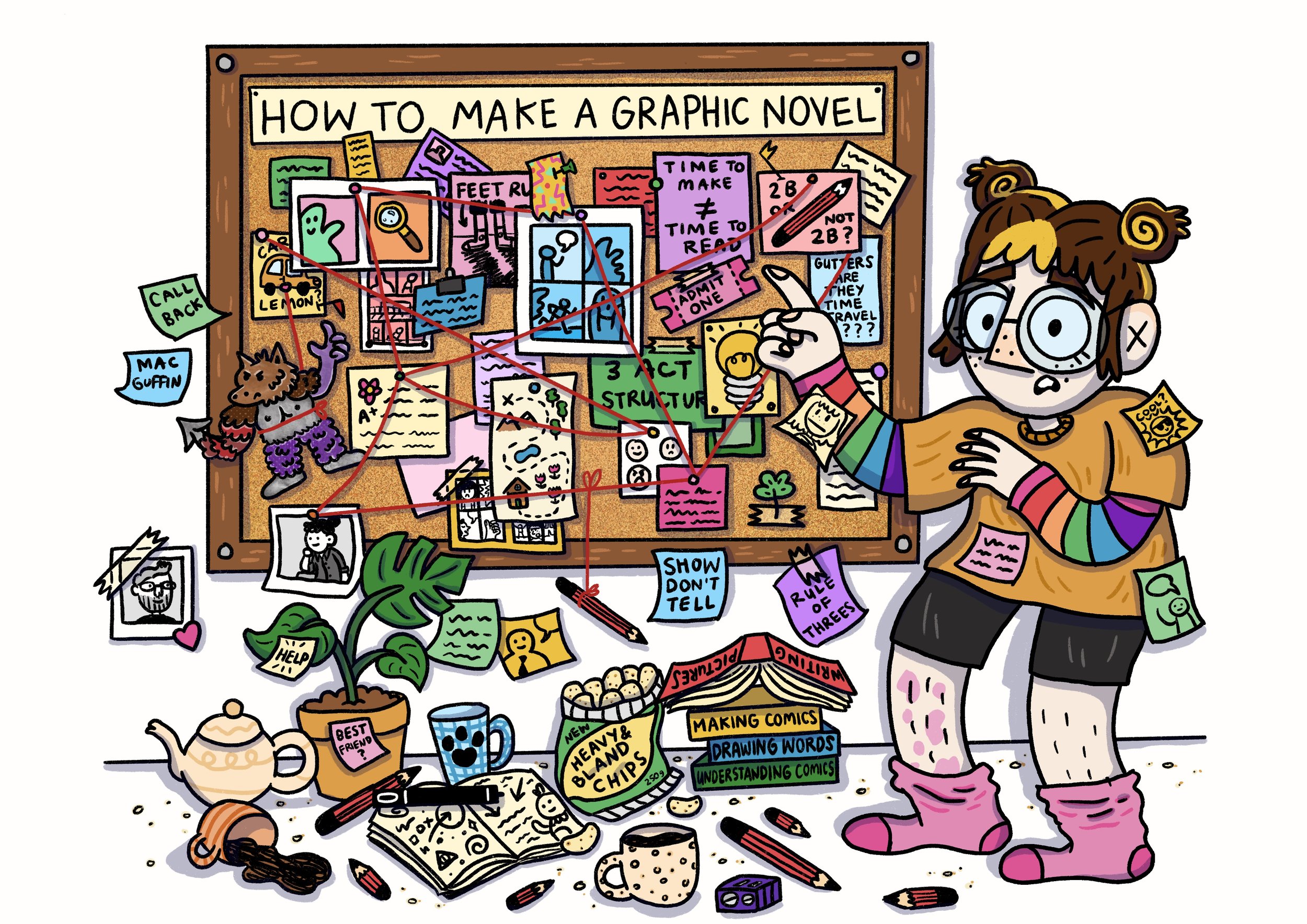As part of the research and planning for my graphic novel (more on that in a later post), I decided to split my stories into three categories: communications, obsessions and fears. When writing down my anecdotes about Rob, I realised that after a while my writing seemed to focus mostly on the communication stories.
Communication is important. And weird. And difficult. It helps people understand what's going on inside the minds of others and builds connections.
I have often found it hard to meet new people; I can be shy and get overwhelmed in situations with lots of new people. Parties that are 'goin' off', we can safely say, are not my forte. However, the one-on-one connection with my good friends is really important to me and an integral part of my personality. Just because I can't socialise for more than a couple of hours without feeling tired and needing a break doesn't at all mean I don't want or need to hang out with people.
Communication isn't just being able to talk in social situations. It is being able to empathise and put yourself in other people's shoes.
Unfortunately, Rob -- literally and figuratively -- never wore shoes. I was never really on his radar. I wasn't in charge of the food like Mum and would only be asked to make toast if she wasn't around. It's hard to keep trying after a while.
My folks tried lots of things to help Rob communicate. The top three were:
1) Speech Therapy:
Rob would go regularly to speech therapy sessions with an old friend of Dad's (who was an ex-speech therapist, now photographer) down at Goolwa (a beachy small town in South Australia).
Rob didn't learn much from these sessions. He would learn enough to say, for example, 'apple' a couple of times and then he'd never say it again. He would revert back to one of his favourite sounds. Things that sounded like words but were just echoes of language.
2) Compic Cards:
Once Rob was at school the staff tried a few different communication techniques, including Compic Cards. These were little plastic-coated cards with pictures of words or phrases or activities that the staff would show Rob to help him understand what they wanted him to do. They of course also encouraged Rob to use them to communicate with the staff and hopefully at home with his family (me, Mum, Dad).
Rob never really used them. I don't think it was an issue of not understanding how they worked, more an understanding that it was quicker to get us to make him vegemite toast by tapping the vegemite jar. Also tapping the vegemite jar didn't come with 'No' cards.
3) Sign Language:
Rob was also taught some basic signing at school. This was probably the most successful out of the communication attempts, although he didn't see the importance in learning our names. The sign for food, on the other hand, was learnt in an instant.
Of course Rob learnt it on his own terms, which ended up being a similar way to how he talked, using one sign that he knew, over and over again for different words.
He did also manage to learn the very important sign for toilet. Rob only ever learnt as much as he needed to to communicate with us to get what he needs.
I, on the other hand, was jealous that Rob was being taught all these rad ways of talking, particularly sign language, which I thought cool since I saw Linda Bove teach sign on Sesame Street.
That's it for this post. It's been a bit of a hectic time at the moment but I'm hoping to have some exciting news to announce soon, so keep those peepers peeped.
Gxx





















Following on from my last post about how the design of the characters in my graphic novel, Oh Brother, have changed over the 7-ish years I’ve been working on the book, this post is about my absolute favourite thing: drawing emotions!